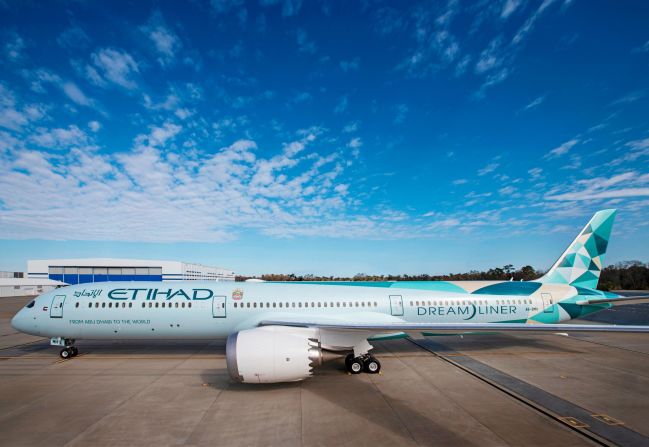Advancements in Sustainable Aviation Technology
The aviation industry is undergoing significant transformations aimed at reducing its carbon footprint. As pressure mounts to mitigate climate change, many companies are innovating with sustainable technologies. This article covers the latest developments in eco-friendly aircraft, highlighting advancements in hydrogen power, electric planes, and more.
The Evolution of Aircraft Design
Designers and engineers are harnessing modern technology to create aircraft with reduced environmental impact. Notable advancements include the following:
- Hydrogen-Powered Aircraft: With the potential to produce zero emissions, hydrogen presents a promising alternative fuel source for aviation. Companies like Airbus are planning for a new generation of hydrogen-powered aircraft.
- Electric Aircraft: Electric propulsion systems are becoming increasingly viable. Eviation Aircraft’s Alice is a notable example, generating no carbon emissions and designed for efficiency in urban air mobility.
- Solar Energy Utilization: Aircraft such as Skydweller aim to remain aloft for extended periods, powered completely by solar energy. This innovation showcases the potential for renewable energy in aviation.
Recent Innovations in Sustainable Aviation
The following innovations highlight how companies are striving for sustainability:


The Future of Sustainable Aviation
As various technologies emerge, the landscape of aviation is shifting towards sustainability:
- Sustainable Aviation Fuel (SAF): The first test flight of an Airbus A380 powered by SAF showcases how existing aircraft can transition to more sustainable fuel sources.
- Global Collaboration: Companies worldwide are working together to create regulations and standards that support sustainable aviation practices.
Conclusion
In conclusion, the aviation industry is making strides toward sustainability with innovative aircraft designs and alternative fuel sources. Companies like iBestTravel are at the forefront of this effort, paving the way for a greener future in air travel.




